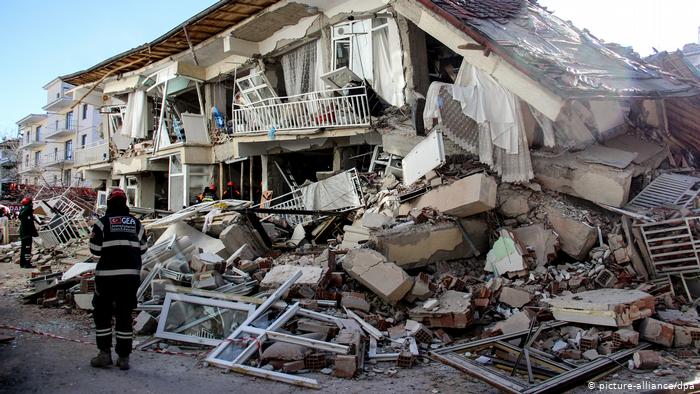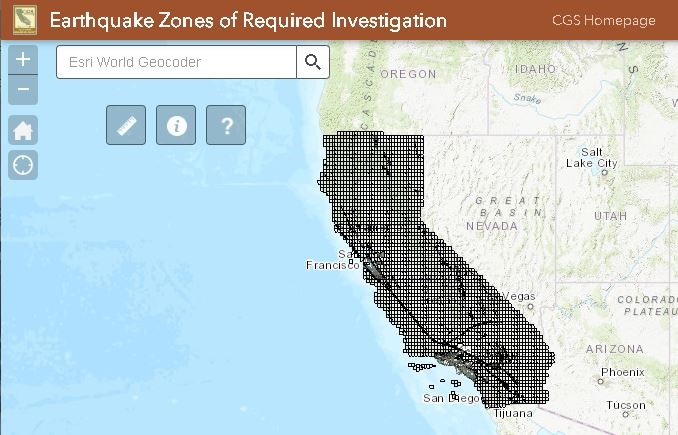Are you worried your apartment building may be seriously damaged in a major earthquake resulting in casualties and loss of your future income?
If so, doing the proper homework will get you off on the right foot towards a successful earthquake retrofit project.
The most important part of the process is selecting the right construction company to do your engineering design and construction.
It’s very important to know if the companies you are considering are experienced in the type of specialized work you need done.

Photo Credit To Ron Denhaan, Real Estate
Getting the answers to the following questions and many others will help you avoid the type of construction nightmares seen too frequently in the industry.
- Are they properly licensed?
- How long have they been in business?
- How many similar projects have they constructed?
- Are their customers satisfied?
- Do they have a stable workforce?
- Are their employees experienced in the jobs they perform?
- Does the company have the necessary liability and worker’s compensation insurance necessary to protect you?
- Is the company responsive to your questions and concerns?
The earthquake retrofit process starts with an engineering study to determine potential risks to your property based on building type, year of construction, risks of liquefaction, and other factors. An initial building assessment, which provides informal, preliminary information, will give you an idea of what type of seismic work may be needed.
If your structure is at risk, do your due diligence before more a final selection of a seismic retrofit company for developing plans and doing construction:
Do a Background Check
The California Contractors State License Board keeps a database of all licensed and insured contractors at www.cslb.ca.gov.
The California Architects Board lists licensed architects at www.cab.ca.gov.
The State Board for Professional Engineers, Land Surveyors and Geologists maintains a database of the names of individuals with professional licenses with the state. Visit www.bpelsg.ca.gov for more information. If the name isn’t there, call 1-866-780-5370 to make sure the omission is not due to a clerical error.
Check References and Experience
Make sure your contractor has done a substantial number of projects in the past year. Verify the work by contacting the building owner or manager and doing an inspection of the site. Check out the finished work to see if it blends well with the original paint, stucco and other building elements. Inspect the placement of structural elements and the impact of the retrofit on the use of the building. Did they lose a parking space in the process?
Research the firm’s ability to work with tenants
When checking a contractor’s references, be sure to follow up on how the firm deals with tenants during the construction process. Some questions to ask include:
- Whether tenants needed to be relocated, and why
- If tenants were able to use their usual parking spaces during non-business hours
- If the grounds were kept clean and hazards such as tools and construction material contained
Insist on Proper Insurance Documentation
Worker’s compensation and professional and general liability insurance are needed to protect you and your property should something go wrong. Never assume a contractor has liability coverage and insist that they provide a certificate of insurance naming you as an additional insured to verify coverage. Have your insurance agent and/or legal representative review the additional insured endorsement before signing the contract.
Some companies may present you with a certificate of worker’s compensation, but it’s important to check their status with the CCSLB. Go to www.sclb.ca.gov, click on “check a contractor license,” search for the business name, click on the appropriate license number, then scroll down to the section dealing with workers’ compensation. Click on “workers’ compensation history.”
If the posting states “exempt” click on the word for an explanation. Typically, this means that the company owner lists himself as the sole employee, and that no workers are insured under worker’s compensation. That puts you – the building owner – at risk in the event of any jobsite accidents or injuries.
Without worker’s compensation, apartment owners may also find themselves on the hook for:
- Liabilities associated with death or injuries of subcontractors or workers hired under the table
- Financial liens filed against your property if the general contractor does not pay his subcontractors or laborers
Remember that general liability for contractors is based on a specific trade classification. Be sure that the company you hire is insured specifically for seismic retrofit work. If not, insurance companies may try to reject claims of injury or death, and liability could be passed on to you.
Finally, obtain a written contract and make sure you don’t pay for work in advance.
If you select a reputable company to construct your seismic retrofit, you can avoid many problems that can otherwise cost you a great deal of time and money.







Leave A Comment